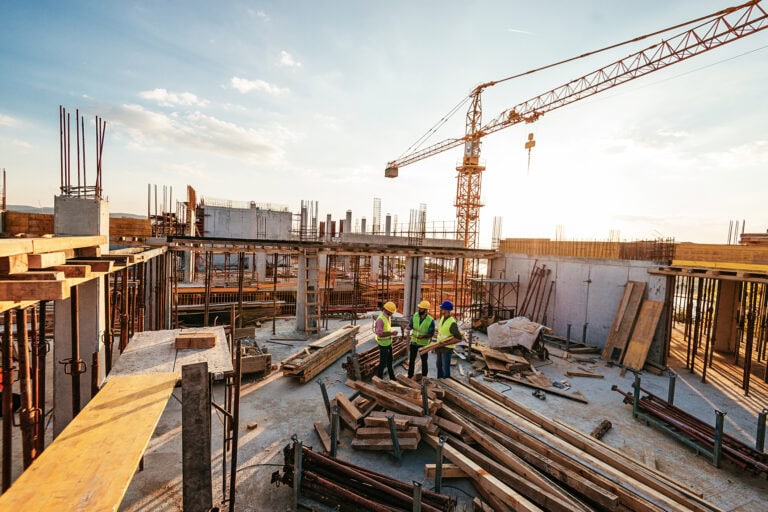Future Homes and Buildings Standard Consultation Response

The Future Homes and Buildings Consultation (FHS) was published as COP28 closed, where it was highlighted there’s only a small chance of keeping 1.5 degrees alive and avoiding the most devastating impacts of climate breakdown. The FHS was the chance to ensure every new building in Britain is part of the solution, not the problem. With ‘world leading levels of energy efficiency’ promised by the Government, it was a chance to accelerate the shift away from fossil fuels, bring energy bills down, and reduce the cost of expanding the electricity grid. It could have driven down unregulated embodied carbon emissions and helped tackle flood hazards, water shortages and polluting wastewater from new developments.
But the consultation hasn’t done this. Instead the Government has offered a choice between the two weakest options set out by the Future Homes Hub (FHH) Ready for Zero report. Neither can be considered genuinely ‘future’ as many buildings in the UK are already built to a higher standard. Individual developers, many of which are our members, have invested years and millions of pounds developing skills, technologies and supply chains to deliver more. This is a huge missed opportunity. It means a further Standard will be necessary shortly after the FHS to finish the job. This brings continued uncertainty for our members and the sector, making investment planning impossible and creating bottle-necks of skills and supplies, which make the next phase of development more expensive than it needed to be.
We propose a pathway for a higher standard, which would provide a genuine transition so by the early 2030s the UK could be host to new homes that are comfortable to live in, affordable to run, and at the cutting edge of low- and zero-carbon.
Download the Consultation Response here
Future Homes and Buildings Standard Consultation Response (UKGBC)
Download a copy of UKGBC’s joint letter to Government here
Joint Letter to Ministers – Future Homes and Buildings Standard
A truly future standard should
Improve fabric performance of homes
Capitalise on the benefits of mechanical ventilation
Introduce in-use energy performance as the basis of compliance
Utilise the energy generation and cost saving benefits of solar PV
Introduce regulation for whole life and embodied carbon assessments
Related
Construction products reform Consultation Response

Embodied Carbon Briefing

Consultation Responses on the future of our energy mix and electricity grid

Reforming the Business Energy Efficiency Landscape

